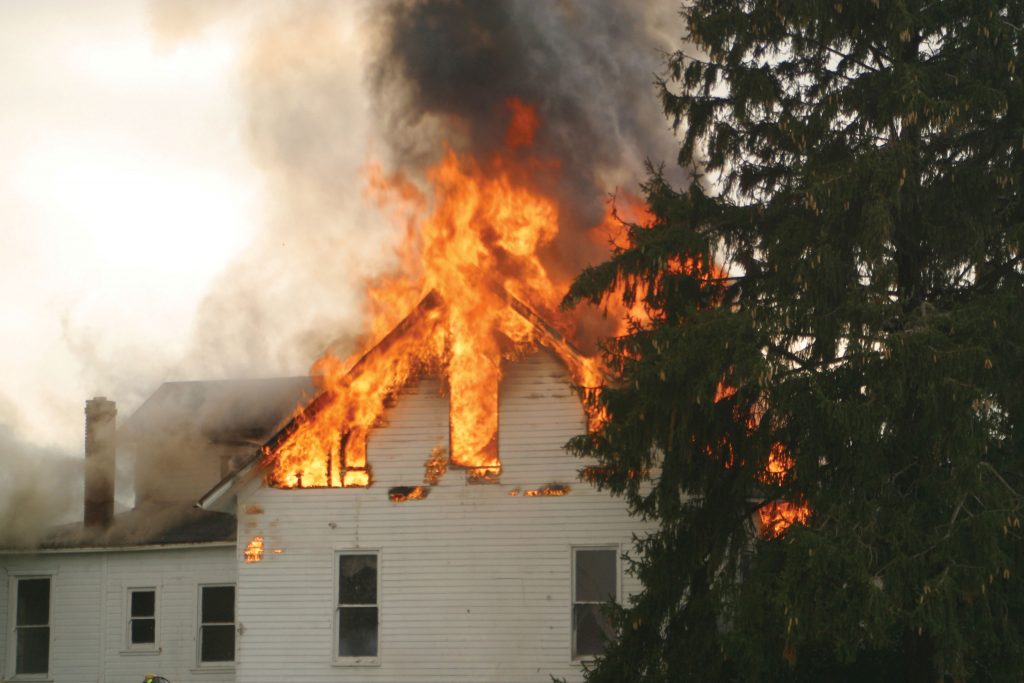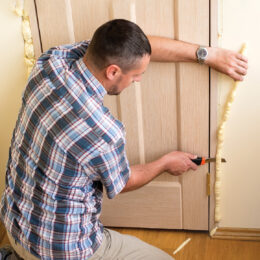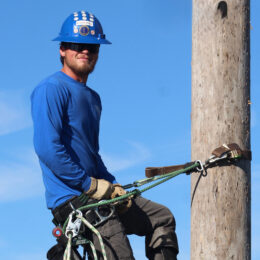
Festive celebrations, flickering lights, and winter greens are hallmarks of the holiday season, but they also present fire risks that can quickly turn this festive time of year into a devastating one. National Fire Protection Association (NFPA) statistics indicate that 30% of all home fires and 38% of home fire deaths occur during December, January, and February.
These winter fires result from a variety of sources. The United States Fire Administration reports fires caused by cooking, heating, and open flames all increase during the winter holidays. Decoration and Christmas tree fires, in particular, are substantially more damaging than other fires.
Here are some additional holiday fire facts:
U.S. fire departments responded to an estimated average of 790 home structure fires per year that began with decorations, excluding Christmas trees. These fires caused an annual average of four civilian fire deaths, 33 civilian fire injuries, and $14 million in direct property damage.
Electrical distribution or lighting equipment was involved in more than two in five home Christmas tree fires.
Nearly one in five Christmas tree fires was started by lamps or bulbs, and candles started 8%.
As Christmas trees dry out, they become more and more flammable. Thirty-four percent of Christmas tree fires were in January. Although Christmas tree fires are not common, they can spread very fast.
Roughly two of every five home Christmas tree fires started in the living room.
Year-round, one-third (33%) of home decoration fires were started by candles. This jumped to almost half in December when candles started 46% of such fires. Cooking started one-fifth (19%) of decoration fires.
Thanksgiving is the peak day for home cooking fires, followed by Christmas Day and Christmas Eve.
Source: NFPA’s Applied Research



